1) First truth: “Satin” is a weave, not a fiber
- Satin = a way of interlacing yarns (long floats on the face) that reflects light smoothly.
- You can have silk satin, polyester satin, nylon satin, even cotton satin (sateen).
- The shine level depends on: fiber type → yarn structure → weave → finishing.
2) Why satin looks glossy
- Long floats = fewer micro “hills and valleys,” so light reflects specularly (mirror-like).
- Filament yarns (continuous fibers like silk or polyester) are naturally smoother → more gloss.
- Staple yarns (short fibers like cotton) scatter light more → a softer glow (that’s sateen).
3) Inside the loom: building the satin face
- Common constructions: 4/1 or 5/1 warp satin (four or five warp yarns float over one weft).
- Parameters that matter:
- Higher density (ends & picks per inch) → tighter surface, richer lustre.
- Lower twist in warp filaments → flatter, shinier yarn surface.
- Precise sizing (starch/CMC/PVA) during weaving → reduces hairiness, improves lay.
Pass fabric quickly over flames/heated plates to burn off micro-fuzz → cleaner reflection.
Removes waxes, pectins, sericin (for silk it’s called degumming), natural color bodies → purer base for dyeing and shine.
Treat cotton with strong alkali under tension → fibers round out, increase lustre, dye uptake, and strength.
- Reactive dyes for cotton sateen (deep, washfast shades).
- Disperse dyes for polyester/nylon satin (level shades, high brightness).
- Shade evenness is crucial; banding kills the “liquid” look.
- Fabric passes through heated steel rollers.
- Friction calender: one roller runs slightly faster to polish the face.
- Schreiner calender: engraved micro-ribs press thousands of fine lines → very high, elegant gloss (“wet look”).
- Pro tip: excessive pressure can crush body; good mills tune temp/pressure/speed for hand + shine.
Stabilizes fabric dimensions and smooths the surface → consistent drape and gloss.
Silicone or fatty-acid softeners add slip; too much can look oily or reduce fastness, so recipes are balanced.
Satin vs. Sateen (spot the difference)
- Satin: filament yarns (silk, polyester, nylon); very high lustre, slippery drape.
- Sateen: cotton staple yarns (often mercerized) in a satin-like weave; softer glow, warmer hand, great for sheets and occasionwear with less “slip”.
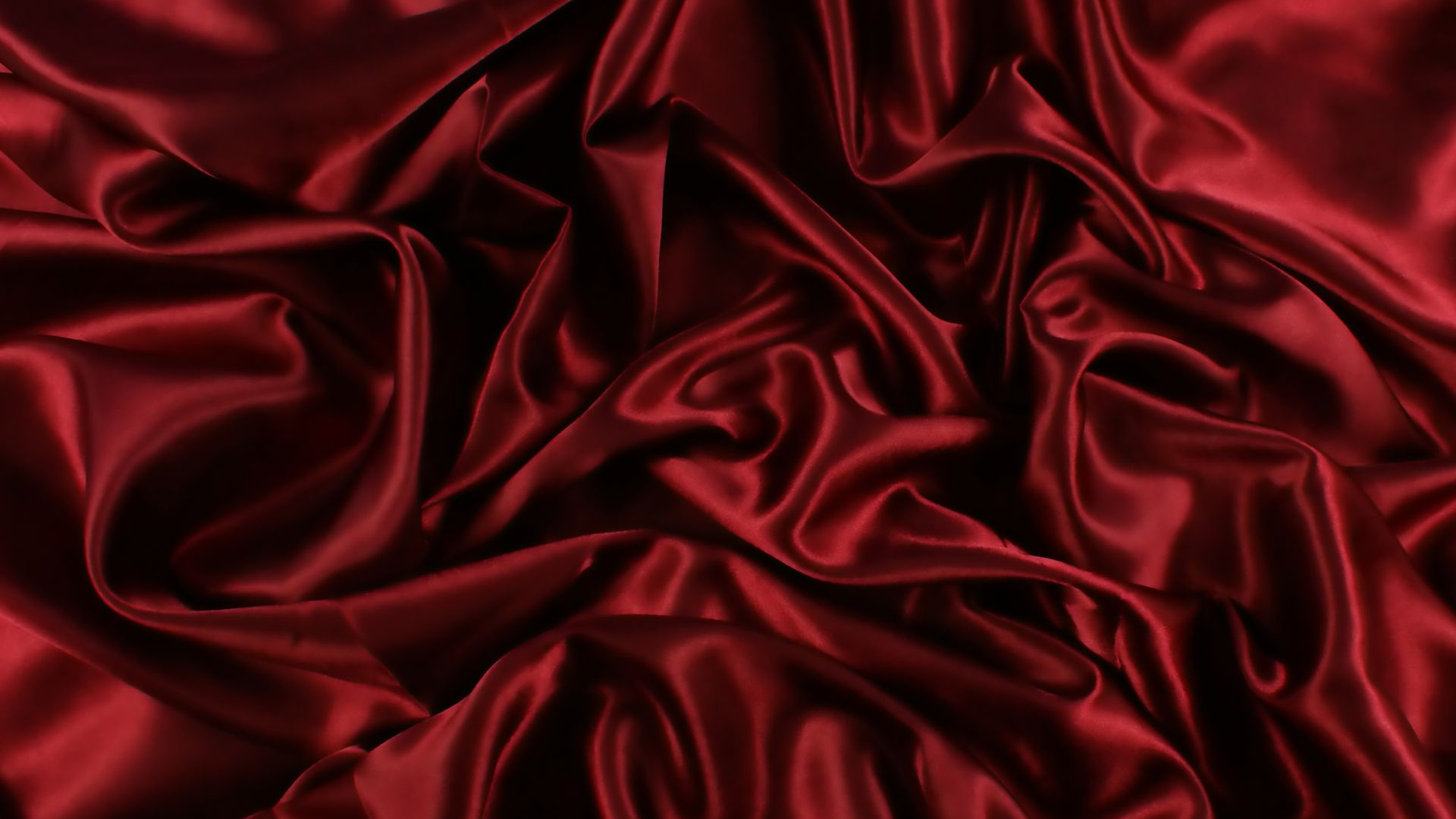

Quality checks you can ask a mill
- Gloss measurement (gloss units at fixed angle), GSM, tensile/tear strength, pilling (Martindale), colorfastness(wash, rub, perspiration), dimensional stability (shrinkage).
- Face/Back identification: the satin face should show uniform floats; the back will show more interlacings.
Common defects (and fixes)
- Moire/banding: dye or tension variations → tighten process control.
- Snags: long floats catch; specify packaging & handling standards, seam reinforcements.
- Orange peel after calender: re-calibrate heat/pressure; check moisture content before finishing.
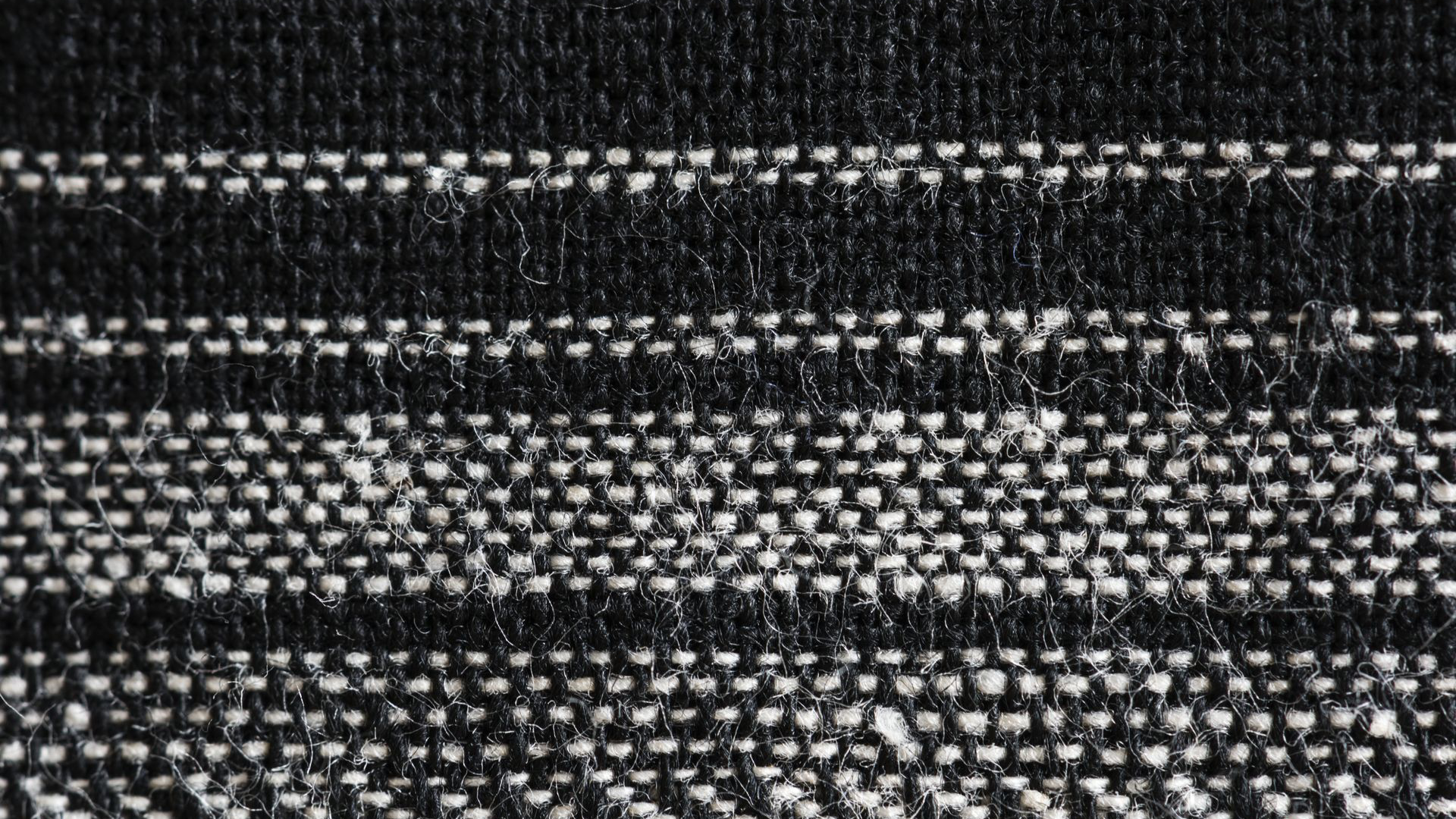

Sustainability notes
- Prioritize mills with ETP/ZLD wastewater treatment, ZDHC chemical conformance, OEKO-TEX®/bluesign®inputs; for silk, ask about peace/ahimsa options; for polyester, explore recycled filament.
Farming & harvest
- Varieties: Short/medium/long staple; India grows a mix (Gujarat, Maharashtra, Telangana, etc.).
- Cultivation: Conventionally farmed or organic; rain-fed vs irrigated.
- Picking: Hand-picked (cleaner but costlier) or machine-picked (faster, more trash).
Factory implication: cleaner cotton → better yarn, fewer defects, less waste downstream.


Ginning (seed → lint)
- Seed cotton is dried, cleaned, and sent through saw or roller gins to separate lint (fiber) from seed.
- Lint is pressed into bales (with bale tags for traceability).
What buyers look for: trash %, moisture, micronaire (fineness/maturity), staple length, strength.
Spinning (lint → yarn)
Opening/Blowroom → Carding (aligns fibers, removes trash) → Drawing (blends, equalizes) → Combing (optional; removes short fibers for finer yarns) → Roving (reduces sliver to a thinner strand) → Spinning:
- Ring spinning: finest, strongest yarns; widely used for apparel.
- Open-end (rotor): economical, good for denim bottom weights, towels.
- Compact spinning: ring variant that reduces hairiness → smoother yarn.
- Quality: Uster evenness, hairiness, count (Ne/Tex), strength.
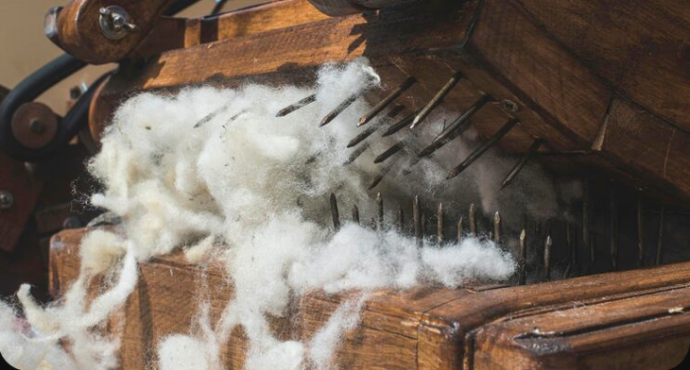
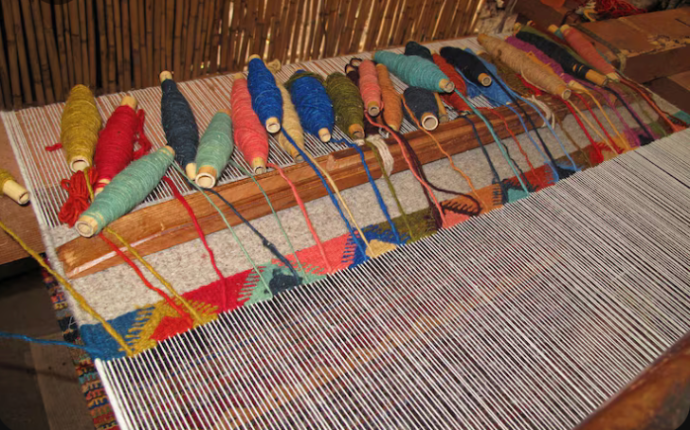
Fabric formation: weaving or knitting
- Weaving: Warp + weft interlaced on looms. Common weaves for cotton: plain, twill, sateen, oxford, dobby, jacquard.
- Looms: rapier, air-jet, projectile; pick the loom based on yarn/fabric design.
- Knitting: Loops intermeshed.
- Weft knits: single jersey, rib, interlock (t-shirts, polos).
- Warp knits: tricot, raschel (lingerie, mesh).
Checkpoint: ends/picks per inch, loop density, GSM, width, defects (broken ends, slubs beyond spec).
Pretreatment (get cotton “dye-ready”)
- Desizing (remove loom size), scouring (remove waxes/oils), bleaching (achieve base whiteness), and sometimes mercerization (lustre + dyeability).
- Continuous ranges vs. batch processes depending on mill scale.
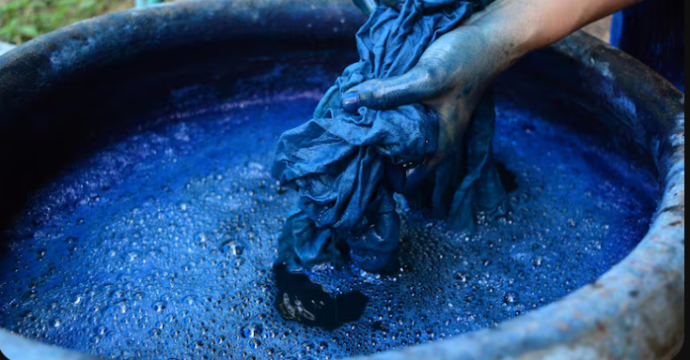
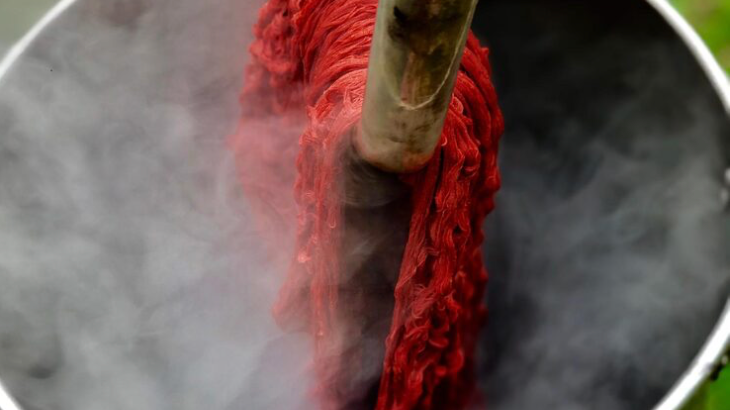
Coloration: dyeing & printing
- Dyeing routes:
- Fiber or yarn dye (e.g., denim indigo rope dyeing, space-dyed yarns).
- Piece dye (most wovens/knits after pretreatment).
- Dye classes for cotton: Reactive (bright, washfast), Vat (very fast, deeper shades), Sulfur (economical darks), Direct (cost-effective lights).
- Printing:
- Rotary screen (fast for repeats), flatbed (versatile), digital inkjet (no screens, great for small lots, photo-real).
- Pre-/post-chemical recipes (pretreats, steaming, washing) drive brilliance and fastness.
Finishing (make it feel/perform right)
- Mechanical: sanforization (anti-shrink), compacting (for knits), calendaring (surface smoothness), raising/peaching (soft hand), heat-setting (blends).
- Chemical: softeners (silicone), easy-care/crease-resist, anti-pilling, moisture-management, antimicrobial, soil-release, flame-retardant (for workwear).
- Balance hand feel with fastness and compliance (restricted substance lists).
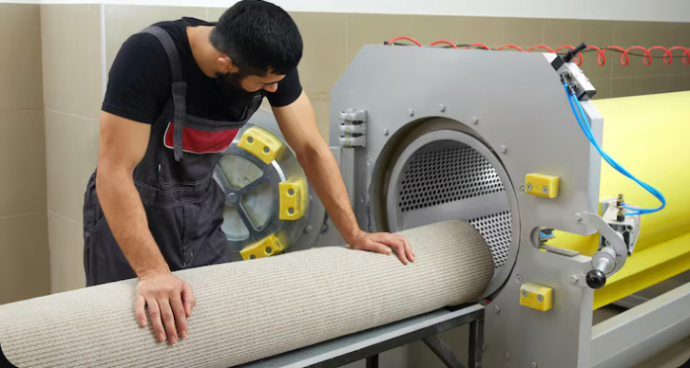
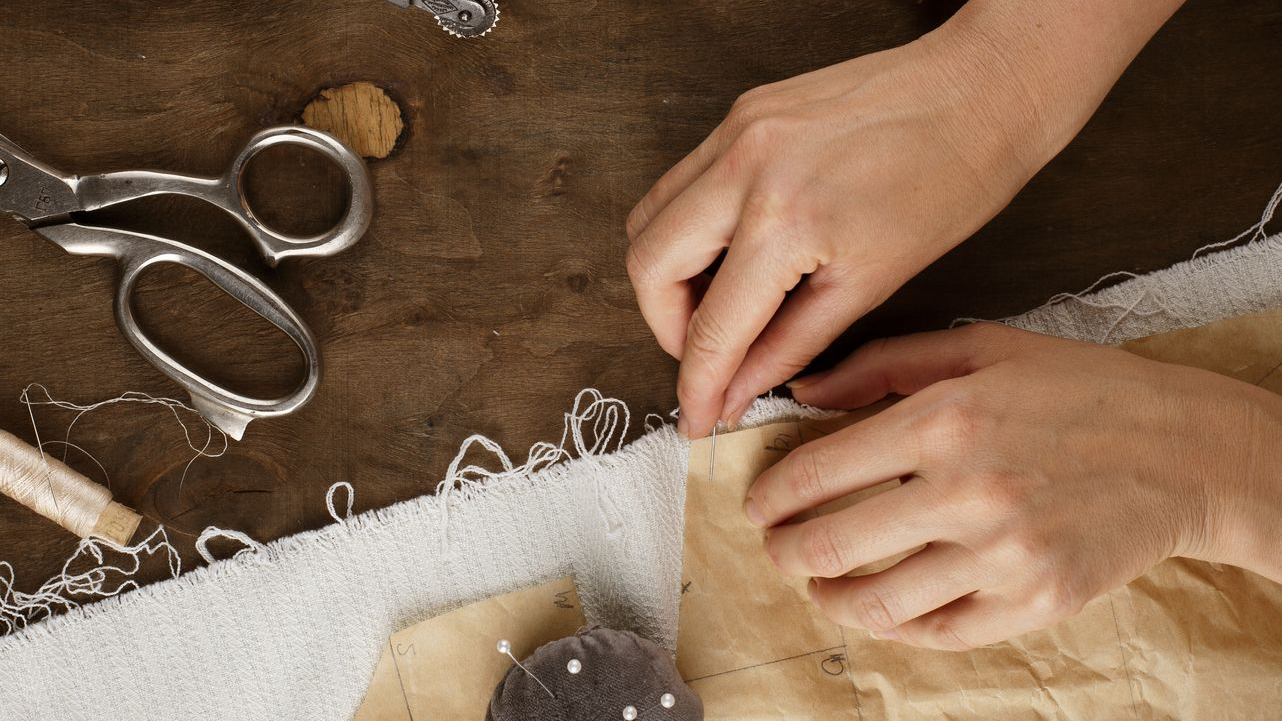
Cutting, sewing, and trims (CMT)
- CAD markers optimize fabric yield; laying & cutting (manual or automated).
- Sewing lines: SMV planning, needle/thread specs, SPI (stitches per inch).
- Quality in line: inline checks, torque/twisting on knits, seam strength, seam slippage, button pull, zipper cycles.
- Trims: interlinings, labels, threads, zippers, buttons must meet RSL/chemical and performance specs.
Washing & garment finishing (if applicable)
- Denim/knits: enzyme, stone, ozone, e-flow, laser whiskers;
- Piece-dyed garments: reactive garment dye, overdye, softeners.
- Set shrinkage and dimensional stability before bulk.

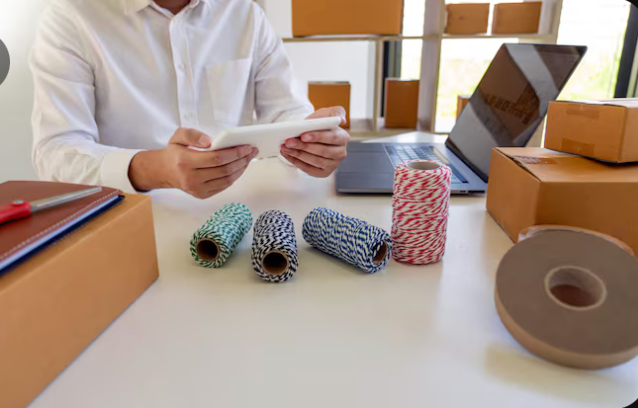
Testing, inspection, packing
- Lab tests: GSM, tensile/tear, pilling, colorfastness (wash/rub/sweat/light), seam slippage, spirality for knits, shrinkage (wash-dry cycles).
- Inspection: AQL plans, metal detection/needle policy, shade band approvals.
- Packing: fold specs, poly or paper alternatives, carton burst strength, palletization.
Compliance & sustainability
- Effluent treatment (ETP), ZLD in wet processing;
- Chemical management: ZDHC MRSL alignment, OEKO-TEX® Standard 100;
- Traceability: bale-to-box mapping, QR codes, transaction certificates for GOTS/OCS if organic;
- Social audits: amfori BSCI, Sedex, SA8000 (as required by buyers).
- Energy & water: heat recovery, dope-dyed alternatives where relevant, enzyme/low-liquor recipes, digital printing to cut screens and water.


